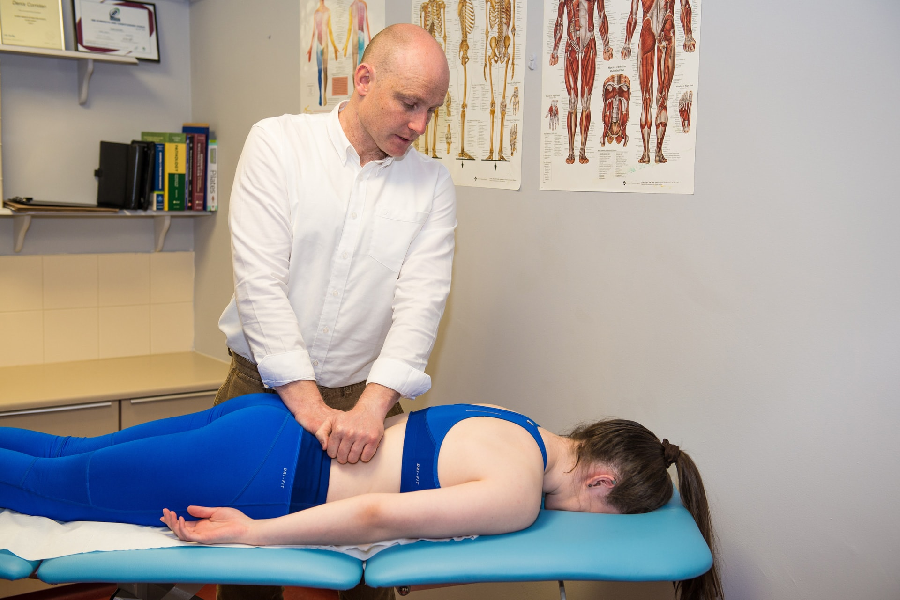Osgood-Schlatter disease (OSD) is common in children and adolescents experiencing growth spurts. It causes the growth of a painful, bony lump on the shinbone, right below the knee. Children in sports that involve running and jumping have an increased risk of developing OSD.
While most children will develop OSD in one knee, in some, both knees will be affected. Fortunately, this condition is temporary, and rarely is Osgood Schlatter treatment necessary.
What Causes OSD?
Research shows OSD is caused by irritation at the growth plate. Notably, growth in bones happens at the bone ends and not in the middle. During childhood and early adolescence, these growth areas are made of cartilage and not bone. Since cartilage is not as strong, high-stress levels trigger the growth plate to swell and hurt.
Thigh muscles attach to the kneecap (patellar) then to the tibia’s growth plate via a tough, fibrous tendon. The exertion of these muscles pulls on the patellar, which then pulls on the growth plate. Repeated extension causes tenderness at the point of tendon attachment on the growth plate.
Bending, squatting, and running uphill are some of the activities that put your child at risk of developing OSD. It is more common in girls aged 10 to 13 and boys within the 12 to 14 age bracket. OSD was initially more frequent in boys, but the gender gap is slowly closing as girls become more involved in sports.
OSD Presentation
Knee pain and swelling just below the kneecap in a child in his/her prime years are typical OSD signs. The pain is worse on kneeling, jumping or running, and is relieved by rest. In most cases, the discomfort is for a few days, though it may last for months.
Seek medical attention if these symptoms are associated with;-
- Extreme interference with your child’s daily activities
- Redness and swelling of the entire knee
- Knee stability
- Generalized fever and chills
- Knee locking making it impossible to move
OSD Treatment
OSD goes away with time and rest. In the meantime, limit your child’s physical activities until the pain and swelling subside. Some athletes find wearing a knee cap helpful, as it helps reduce the pull on the tibia tubercle. Ice packs after sporting activities have also proven to be beneficial. You can apply ice for 20 to 30 minutes, two to three times a day. Return to sports with some pain does not put your knee at risk for damage. So if you feel it is time to get back, do not be afraid.
Pain relievers, such as acetaminophen and NSAIDs, also help reduce pain levels. Consult your doctor to avoid overdosing your child. Your doctor may recommend home stretching exercises or refer you to physical therapy to boost the knee’s flexibility.
Surgery is rarely necessary, as OSD disappears once your child stops growing. It is only recommended in rare cases where the bone fragments did heal completely. Most importantly, surgery is never done on a growing athlete, as it may do more damage.
Conclusion
OSD is a common childhood condition that disappears after adolescence. It involves pain and swelling at the shinbone, where the thigh muscles attach to the growth plate. Treatment is by limiting movement, pain relievers, and ice packs. However, in rare cases, surgery may be recommended.

